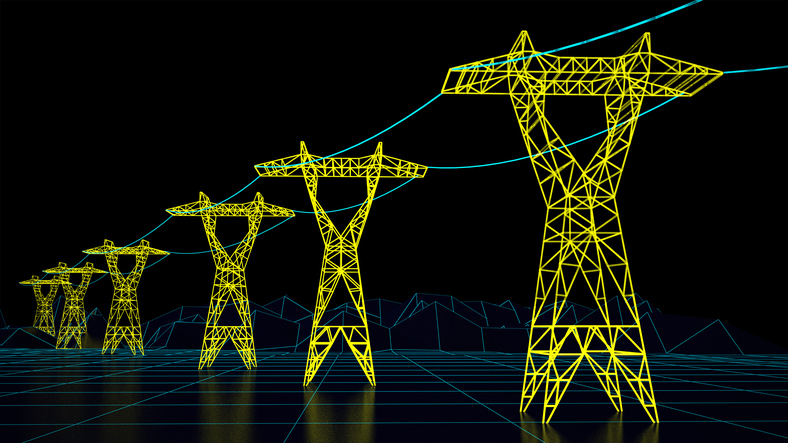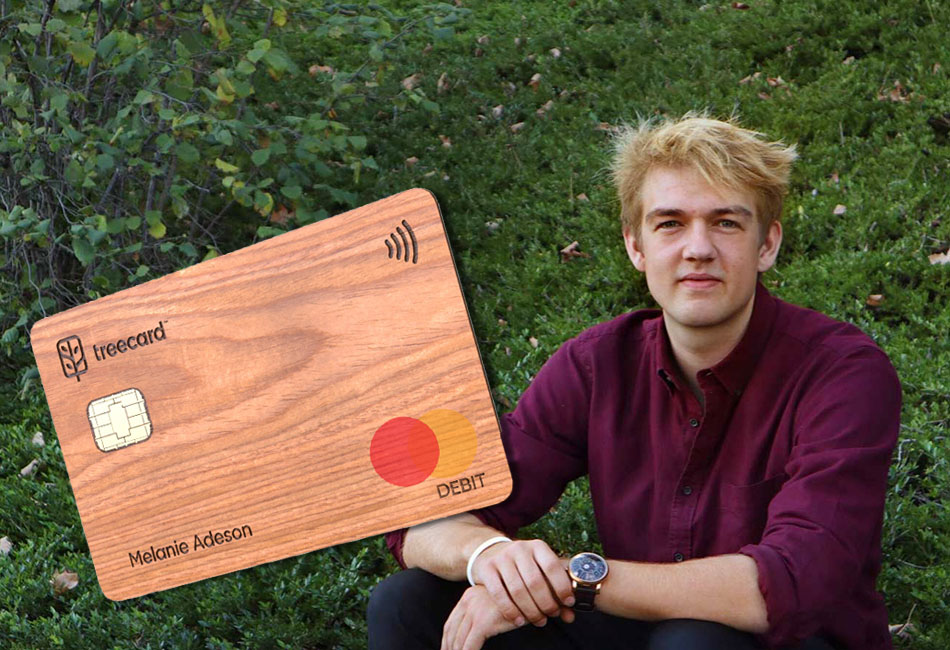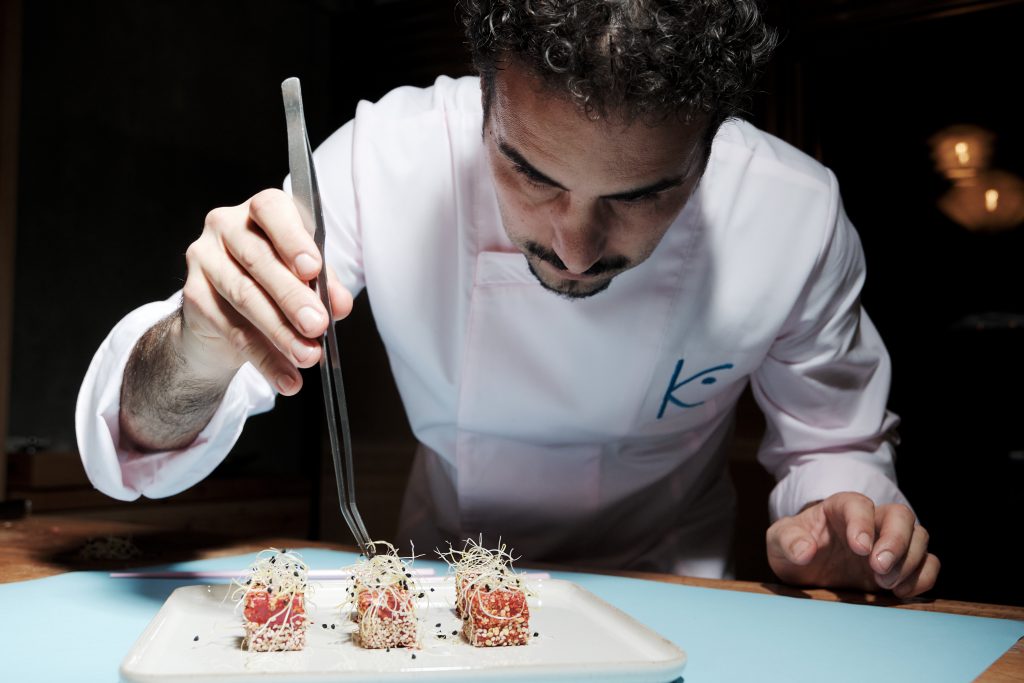Howdy 👋
Last week we posed the question about Project Finance vs VC – we heard some great response and the discussion on LinkedIn was awesome! Some really interesting perspectives. Also got a series of responses via email – which I’m still catching up with responding to each one.
The most interesting thing to note is the insight of also including Crowdfunding as a component when considering the best source of capital – shoutout to Gosia to adding this to the discussion!
Equity crowdfunding could be a huge win as it can have a blend of “VC” and Project Finance dollars depending on the needs of emerging companies.
What do you all think? Shoot me a reply (I will get back to each one of you personally!)
– Swarnav S Pujari
In Your Inbox: TreeCard raises $5.1M in Seed Capital; David Energy & the future of retail electricity; Plant based tuna…and seafood

Demand response, load shaping/shifting, solar optimization, energy efficiency and wholesale market optimization are all things utilities and retailers alike are obsessed with in today’s day and age. Traditional utilities realize that innovation is happening at a speed they can’t keep up with so naturally they are licensing software that provides each of these offerings as a way to keep up with the changing needs and demands of the electric grid.
Especially since these software tools when working together can help accelerate the decarbonization of the electric grid.
David Energy is taking a different approach.
While companies like OhmConnect and AutoGrid are providing software solutions to utilities – in some cases it’s possible to take their solutions globally – David Energy wants to vertically integrate these software solutions with the traditional retailer model. Where they can reduce electricity prices for large C&I customers quite significantly due to the ability to purchase power on the wholesale market and optimize customer energy use for the lowest cost of power.
It’s demand response and load management that’s paired with wholesale market rates. A win-win for both David Energy and their customers.
For most people – aside from energy nerds like myself – the act of “saving” money on electricity is not a priority action item. In fact most people only use savings as a late stage justification for why they are jumping on the idea and concept of signing up for a new rate plan or getting solar panels.
David Energy is hyper focused on working with large C&I customers that are actively seeking lower and new energy suppliers – even though it seems they have intentions to break into residential projects as well. By targeting those companies that are seeking energy savings David Energy can provide a fully integrated platform that will help not only guarantee lower cost of electricity, but also maximize their own profits in the process – making these projects highly interesting to watch.
I see David Energy integrating all these behind the meter services into one offering natively in the same way some see Hubspot or Salesforce offering every thing you need to run your business in one platform.
Rather than seeking service from 50 providers David Energy is the one stop shop.
In reality the opportunity isn’t one that can’t be competed with.
Retailers that have left New York because of a failure to build such an integration out is just the culling of “bad apples” – However groups like ConEd and NYSEG have the capital and customer base to compete aggressively with David Energy should they quickly adapt and figure out how to scale and integrate behind the meter energy management services into their offering.
CCAs, Community solar providers across the US actively are working on and purchasing solutions that help them optimize energy usage behind the meter to maximize savings and profits based on wholesale market pricing and current energy contracts.
David Energy has a strong head start – a stronger team and an existing platform which can get them over the finish line. They don’t have to be a monopoly to win in the energy markets. But they sure have time on their side to eat up a large slice.
We should all be watching as James and his team makes their next moves.
Sign up for The Impact and learn the perspectives behind the latest sustainability trends

A credit card that plants trees every single time you make a transaction. Started by a Peter Theil Fellow, with a strong background and track record – Jamie and his co-founders recently raised $5.1M after their waitlist has skyrocketed in sign ups.
New branded cards, Neo Banks and similar fin-techs are all they hype now days in the tech community – however it really comes down to how well can these new card providers really market their offering so that they have the volume to make money to keep growing.
Well the ones that succeed – like Brex – tend to solve a real customer pain point.
Faith & Usage of Carbon Offsets is low from a consumer end as the steps to get involved with it are too high. Too much research and more importantly a lack of trust.
So what does Tree Card do – besides giving you an awesome wooden credit card? For every single transaction they plant a tree using partner – Ecosia (a non profit that plants trees while you search on their search engine).
Fundamentally, Treecard is backed by a strong founding team and has already demonstrated significant demand.
Of all the current ways to purchase carbon offsets and be involved in the matrix of helping fund reforestation efforts – Treecard provides the lowest cost (it’s free) and easiest way for consumers to get involved.
It’ll be interesting to monitor their rollout over the coming months. Maybe they’ll even partner with Mr. Beast after he launched Team Trees.

Get ready for the next Impossible Foods, but for raw tuna – Kuleana. Kuleana provides plant-based seafood without the environmental and ethical consequences of traditional tuna farming.
Fun fact – Kuleana is a Hawaiian term which means “responsibility” and refers to a reciprocal relationship between the person who is responsible, and the thing which they are responsible for. In the case of Kuleana the company, that means humanity’s relationship with the ocean and its inhabitants.
Before jumping into Q&A with Jacek Prus, the Founder of Kuleana, below is some context for the landscape and why this matters:
Aquaculture is the world’s fastest-growing food production system, with an average yearly growth rate of 8.3 % between 1970 and 2008.
The US seafood market size is estimated to be $159B, and the plant-based meat market is worth more than $12B. Despite the plant-based food sales increasing in the US, plant-based seafood is only a small fraction of the market.
Environmental and social risks associated with the aquaculture industry include unsustainable feedstock, saturation of nutrients in waterways from farm waste, and biodiversity loss.
Plant-based raw seafood has not yet reached its full market potential due to its delicate texture, which is extremely difficult to replicate, making Kuleana the current category leader on raw tuna.
One of the main reasons my Co-Founder, Sonia Hurtado, and I chose to start working on Kuleana was because of current aquaculture practices today and their environmental impact. A couple documentaries that really put this in perspective were Cowspiracy and Earthlings. Some of these pieces include land use, water and food use, deforestation, and ocean dead zones. There has been a robust market emerging for livestock alternatives; we instead looked toward the ocean ecosystem.
Fishing is unregulated, more so as you go farther out from land. You can see entire fleets pulling apart the ocean with these massive nets in the water. This targets the main species being fished, but it also catches other species in the process. It kills everything and then they just dump anything that is not the target species back in the ocean. The equivalent would be like if you ran a net across the savanna in Africa in hopes of catching gazelle. However, in the process, you catch elephants, tigers and more, killing everything, and then dumping anything that wasn’t gazelle. I think about how people would react to that.
It’s hard to believe, but agriculture and farming are currently doing this to our oceans. I can point to the problems all day, but in the end, Kuleana is about the solutions.
When we looked at the landscape, we saw that seafood was the most glaring and optimal arena for us to engage. Companies today have mainly focused on land-animal products. Next-generation seafood is still in its early stages, relatively speaking. We want to create the next generation of seafood by focusing on plant-based solutions.
There are a decent number of companies in the alternative seafood market, but only a scant few that were attempting to tackle raw tuna. In this respect, our chief competition is fresh-caught tuna. That is what makes up almost the entire market. We’re here to edge the consumers away from that a bit and present another viable, appealing option. And we welcome innovation in the space, it’s the only way actual sea change will occur. When it comes to all the other solutions out there that use either cell-based or plant-based methods to make their product, we wish them all the best; we believe it’s going to require a lot of like-minded innovation to address the broader market needs.
One thing to note, is that it is possible that cell-based competitors may enter the space at a later point in time. When they do, they will be addressing different things. Cell-based protein development is unique because it involves working with actual animal cells, and that may result in replication from a taste or mouthfeel standpoint.
Meanwhile, plant-based food development is already here, and we’re able to achieve very efficient economics, without compromising the taste and texture of the protein we’re replicating. Both approaches have their advantages. The ecosystem is still young, and we embrace more players entering the space. It’s a big ocean out there.
Policy has been changing, especially with Impossible Foods and Beyond Meat leading the way in their markets. As a result, it’s not as difficult for a plant-based company to enter the market. Plant-based no longer must mean “alternative” in that cliched sense.
What we have now works extremely well in poke bowls and in sushi rolls. We will beta launch in a few markets this year, followed by an expansion. We also are focused on continuous R&D, which keeps improving the knowledge in the space.
Jacek puts it best by saying, “Unlike meat products, tuna is caught wild with a quickly declining population due to overfishing, and they can’t be farmed which creates a supply shortage and high price point. This presents a strong opportunity to enter the marketplace with worthy alternatives.” Kuleana is addressing a challenge in the current market to help the ocean ecosystem. The cause is there, the capital and scale need to follow. Luckily, brands like Impossible Foods and Nuggs have led the way for plant-based protein to enter the market. Both plant-based and cell-based seafood alternatives will scale and grow to have a positive impact on the ocean ecosystem.
Writers: Swarnav S Pujari, Daniel Kriozere
If you aren’t absolutely thrilled with The Impact, reply and let us know why. Or you can unsubscribe from all updates by clicking here.
Copyright © The Impact 2021. All Rights Reserved || 19 Morris Ave, Bldg 128, Brooklyn NY 11205
Develop your market map of up-and-coming climate startups and market opportunities by subscribing to our weekly newsletter for free.